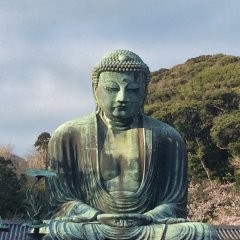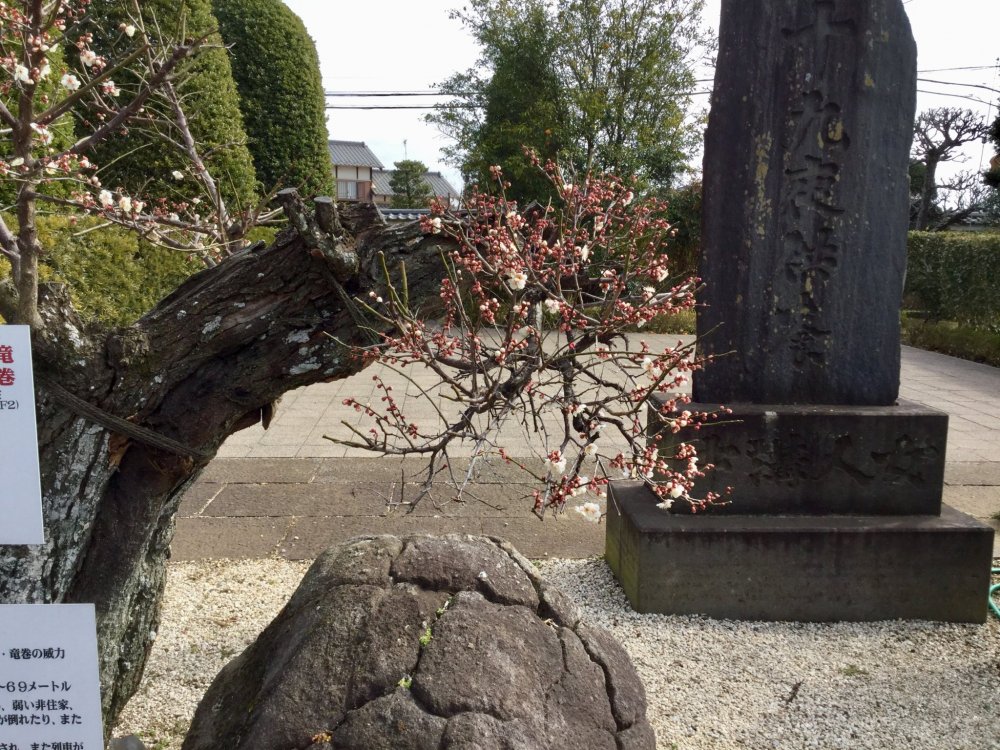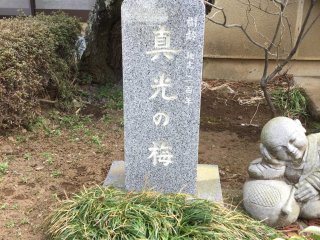A short distance from Shimizu Park in Noda City is a sleepy little Shingon Buddhist temple. Japan is chock full of temples, but Shinkoji Temple has natural and cultural treasures that faced centuries and endured a rare catastrophe.
On a sultry September afternoon in 2013, the clouds above the Tokyo region ominously darkened. In mere minutes, a tornado ripped through Saitama and Chiba Prefectures on a 14 km path. This tornado, rated as F2 (with winds exceeding 250 km/hr) bore down on Shinkoin Temple, straight for the beloved plum trees. Later, Japan's Meteorological Agency suspected a supercell tornado was responsible.
The winds tore roofs off homes and shattered windows across the region, and threw debris for hundreds of meters. The roof of Shinkoin Temple was ripped completely off in the violence, and although the 300-year-old plum directly in front of the temple escaped injury, its younger sibling on the east side of the garden mere meters away didn't fare so well. The capricious nature of tornadoes meant that one tree was missed, and the other so close by was shattered and reduced to just a trunk.
The community rallied around the temple to rebuild the roof. And in the following years, little twigs emerged from the ravaged tree. The survivors have continued to grace the garden with fragrant blossoms. These feisty plum trees are at their best in late February.
Besides these hardy survivors, the temple boasts an image of the eleven-faced Kannon, an expression of compassion in the Buddhist tradition, a tribute to Naritasan's Fudoin temple, and a small gallery which is open on request.









































